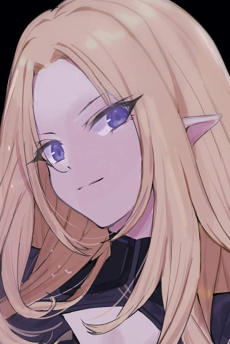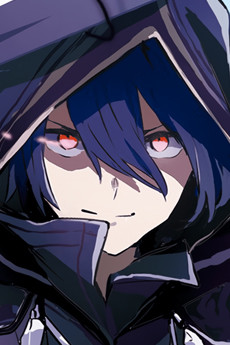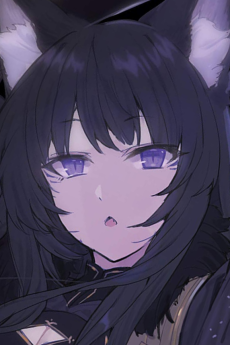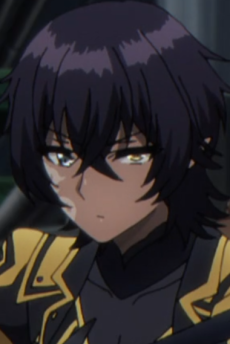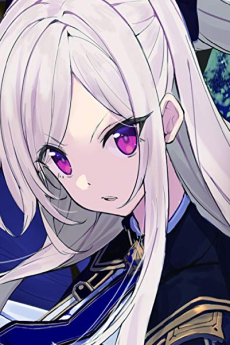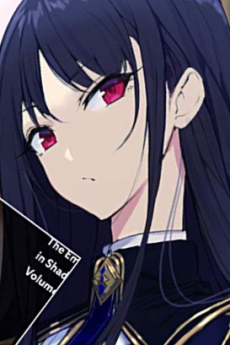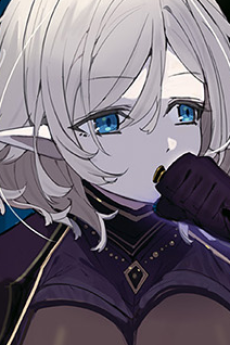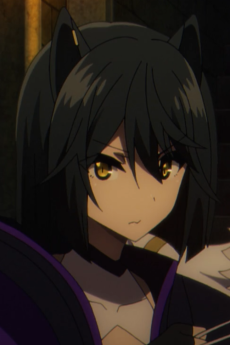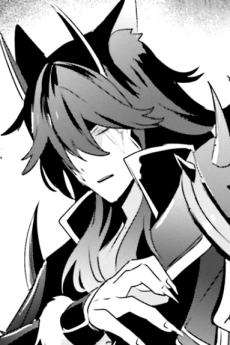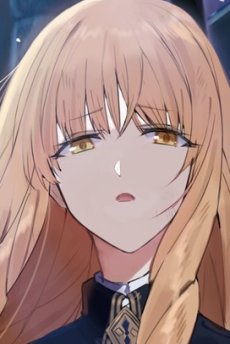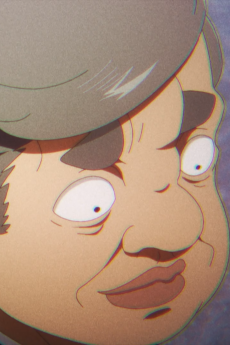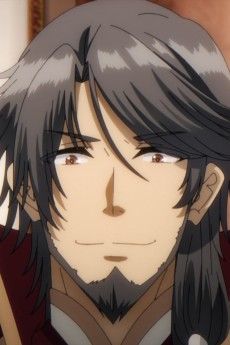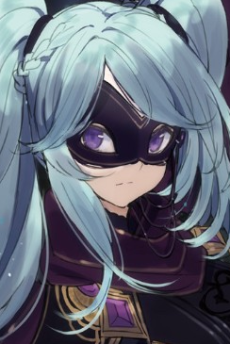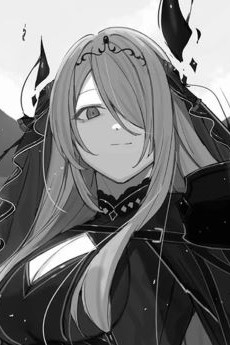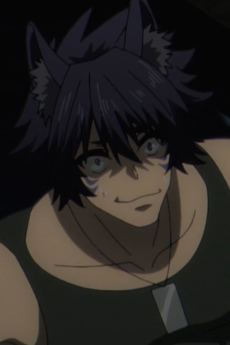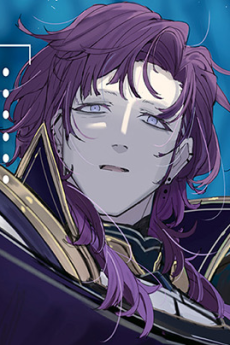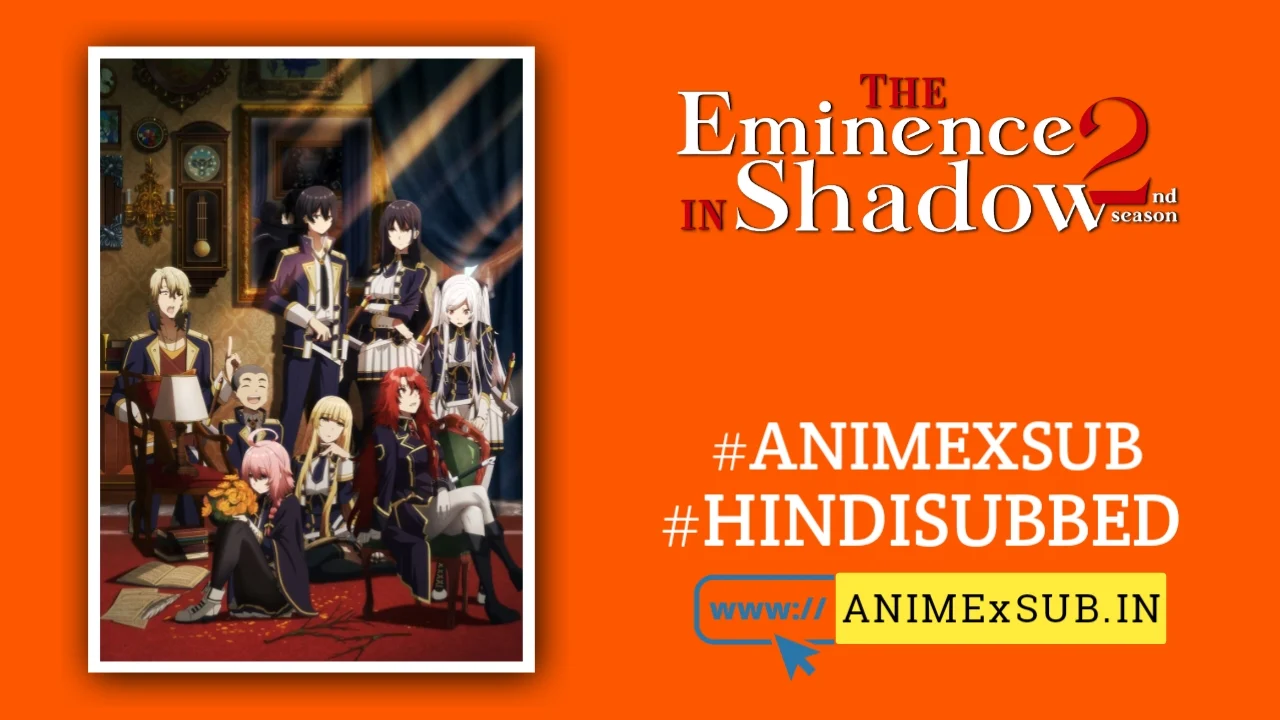
The Eminence in Shadow Season 2 Hindi Subbed [12/12] | Kage no Jitsuryokusha ni Naritakute! 2nd Season Hindi Sub!!
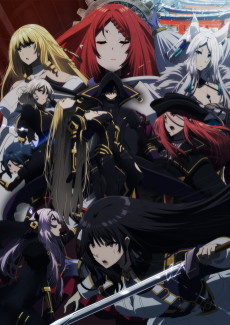
Kage no Jitsuryokusha ni Naritakute! 2nd season
The Eminence in Shadow Season 2Synopsis
The second season of Kage no Jitsuryokusha ni Naritakute! Everything has been going according to plan, but the hour of awakening draws near. Cid Kagenou and Shadow Garden investigate the Lawless City, a cesspool where the red moon hangs low in the sky and three powerful monarchs rule the streets. The true draw for Cid, however, is one who can draw blood–the Blood Queen, a vampire who has slumbered in her coffin for eons. Her awakening approaches, and Cid could finally face a day of reckoning. (Source: HIDIVE, edited) Note: A world premiere screening of Episode 1 was shown in the The Eminence in Shadow 2nd Season panel at Anime Expo on July 1, 2023.
Watch Trailer
Characters
The Eminence in Shadow Season 2: A Masterclass in Subverting Expectations
The Eminence in Shadow Season 2 (2023), directed by Kazuya Nakanishi and produced by Nexus, elevates its predecessor’s audacious blend of dark fantasy, isekai tropes, and meta-satirical humor into a refined, unpredictable narrative that challenges the conventions of its genre. Far from resting on the laurels of Season 1’s cult success, this sophomore outing takes bold risks, weaving a tapestry of intricate world-building, layered character development, and philosophical undertones that linger long after the credits roll. This review dives deep into what makes Season 2 a standout, exploring its narrative ingenuity, visual artistry, and thematic depth without veering into promotional fluff—because this series deserves a dissection as sharp as Shadow’s blade.
Narrative: A Chaotic Symphony of Misunderstandings
At its core, The Eminence in Shadow thrives on the absurd genius of its protagonist, Cid Kagenou, a reincarnated mastermind who plays the role of a shadowy puppet master while blissfully misunderstanding the stakes of his own schemes. Season 2 picks up where Season 1 left off, plunging Cid into three distinct arcs: the Lawless City arc, the Mitsugoshi-MCA conflict, and the Oriana Kingdom conspiracy. Each arc feels like a standalone story yet interlocks to expand the series’ universe in ways that are both sprawling and cohesive.
The Lawless City arc introduces a gothic, vampire-laden setting under the ominous Red Moon, where Cid’s investigation into illicit cash flows collides with the resurrection of Elizabeth the Crimson Blood Queen. The arc’s strength lies in its ability to balance campy horror tropes—zombies, ghouls, and vampire hunters—with Cid’s deadpan humor and over-the-top theatrics. Unlike many isekai that lean heavily on action, this arc prioritizes atmosphere and character interplay, using the chaotic slum of Lawless City to mirror Cid’s own anarchic worldview.
The second arc, centered on the economic warfare between Shadow Garden’s Mitsugoshi company and the Major Corporate Alliance (MCA), is where Season 2 truly flexes its narrative muscle. By introducing a plotline about currency manipulation and counterfeit money, the series ventures into surprisingly grounded territory, offering a biting commentary on capitalism and power dynamics. Cid’s alter ego, John Smith, becomes a shadow within a shadow, orchestrating a financial chess game that exposes the fragility of economic systems. This arc’s realism, juxtaposed with Cid’s oblivious genius, creates a unique tension: you’re laughing at his antics while marveling at the unintended brilliance of his plans.
The final arc, focusing on Princess Rose (aka 666) and the Oriana Kingdom, delves into political intrigue and the machinations of the villainous Perv Asshat (a name so gloriously on-the-nose it deserves applause). Here, the series explores themes of loyalty, betrayal, and the cost of power, culminating in a climactic showdown with the archdemon Ragnarok. While Cid’s invincibility remains a narrative constant, the arc’s emotional weight comes from Rose’s soul-searching journey, which adds a layer of gravitas to an otherwise irreverent story.
What sets Season 2 apart is its refusal to take itself seriously while still delivering a plot that feels meticulously crafted. The humor, driven by Cid’s misinterpretations and Shadow Garden’s blind devotion to his “genius,” is both a parody of isekai clichés and a commentary on the absurdity of leadership cults. Yet, the series never sacrifices stakes for laughs—each arc builds on the last, creating a world where every action ripples outward, whether Cid realizes it or not.
Characters: Shadows with Depth
Cid Kagenou remains the chaotic heart of the series, a protagonist who is both hilariously delusional and genuinely compelling. His ability to stumble into world-altering events while chasing his chuunibyou fantasies is executed with such precision that it never feels repetitive. Season 2 gives more screen time to supporting characters, particularly Delta, Rose, and Yukime, whose development adds emotional texture to the narrative. Rose’s arc, in particular, is a highlight, transforming her from a damsel-like figure into a complex character grappling with duty and identity.
The introduction of new characters like Mary the Ancient Vampire Hunter and the delightfully named Perv Asshat injects fresh energy into the cast. Each character serves as a foil to Cid’s absurdity, amplifying the series’ humor while grounding its more serious moments. However, some fans have noted that characters like Alpha are underutilized, a minor misstep in an otherwise stellar ensemble.
The series’ meta approach to characterization—where every figure is a parody of an archetype yet feels oddly human—makes the cast endlessly watchable. Cid’s followers, who interpret his every move as divine providence, mirror religious zealotry in a way that’s both funny and thought-provoking. This dynamic elevates Season 2 beyond mere entertainment, inviting viewers to question the nature of belief and authority.
Animation and Sound: A Feast for the Senses
Nexus’s animation in Season 2 is a visual triumph, blending fluid action sequences with atmospheric world-building. The Lawless City arc’s crimson-hued streets and the Oriana Kingdom’s opulent palaces are rendered with meticulous detail, creating a sense of place that enhances the narrative. Fight scenes, particularly Shadow’s clash with the Blood Queen and the impending Ragnarok battle, are choreographed with a balletic intensity that rivals top-tier shonen anime.
Kenichiro Suehiro’s soundtrack is another standout, weaving epic orchestral pieces with quirky, tavern-like tunes that perfectly match the series’ tonal shifts. The background music, like “In Time of War,” elevates key scenes without overshadowing the action, while the opening and ending themes amplify the show’s emotional and thematic resonance.
Themes: Power, Perception, and Parody
Beneath its comedic veneer, The Eminence in Shadow Season 2 grapples with surprisingly profound themes. The series explores how power is constructed through perception, with Cid’s accidental brilliance exposing the fragility of systems—be they economic, political, or religious. The MCA arc’s focus on currency manipulation is a sharp critique of capitalism, while the Oriana arc questions the morality of monarchy and manipulation.
The show’s meta-satire is its secret weapon, poking fun at isekai tropes while embracing them wholeheartedly. Cid’s exaggerated antics and the series’ willingness to lean into “cringe” moments—like the hot spring episode or his over-the-top monologues—create a unique viewing experience that’s both self-aware and sincere. Yet, as some reviewers note, this reliance on parody can alienate viewers who crave a more serious narrative. For those who embrace the absurdity, however, it’s a masterclass in balancing humor and heart.
Critiques: Room for Growth
While Season 2 is a triumph, it’s not flawless. The middle arc’s pacing can feel uneven, with some episodes leaning too heavily on fanservice or filler content. Additionally, the series’ commitment to Cid’s invincibility, while central to its charm, can make outcomes feel predictable. For viewers seeking deeper character growth for figures like Alpha or a more cohesive narrative thread, Season 2 occasionally falls short.
Some critics argue that the show’s reliance on misunderstandings as a plot device risks overstaying its welcome, particularly for those who don’t vibe with its brand of humor. Yet, these flaws are minor in the face of the season’s ambition and execution, which consistently push the boundaries of what an isekai can be.
Final Verdict: A Shadow That Looms Large
The Eminence in Shadow Season 2 is a rare sequel that surpasses its predecessor, refining its formula while taking bold narrative risks. Its blend of sharp humor, intricate world-building, and stunning visuals creates an experience that’s as thought-provoking as it is entertaining. By embracing its absurdity while weaving a surprisingly layered story, the series cements itself as one of the most innovative isekai of its time. Whether you’re drawn to Cid’s chaotic charisma, the richly crafted world, or the show’s sly commentary on power and perception, Season 2 delivers a next-level experience that lingers like a shadow in the moonlight.
Rating Breakdown:
- Plot: 8.5/10 – Intricate and unpredictable, with occasional pacing hiccups.
- Characters: 9/10 – A vibrant ensemble, with standout development for Rose and Yukime.
- Animation: 9/10 – Gorgeous and dynamic, elevating every scene.
- Sound: 8.5/10 – A perfect complement to the series’ tone.
- Enjoyment: 9.5/10 – A wild, addictive ride for those who embrace the chaos.
As the series sets its sights on a forthcoming movie, The Eminence in Shadow Season 2 leaves fans eager for more, proving that even in a crowded genre, there’s room for a shadow to shine.
Support Our Anime Community!
Love watching the latest anime? Help us keep uploading new episodes by join telegram channel ❤️
Join Now!